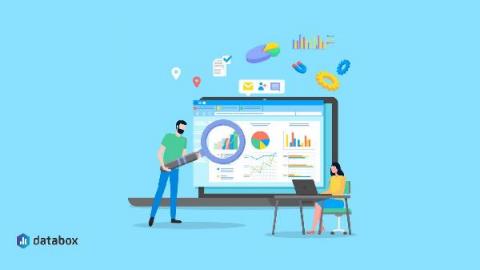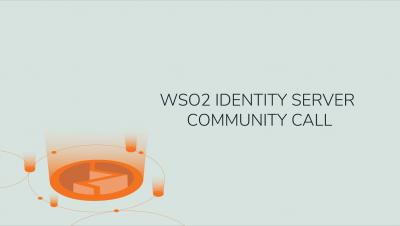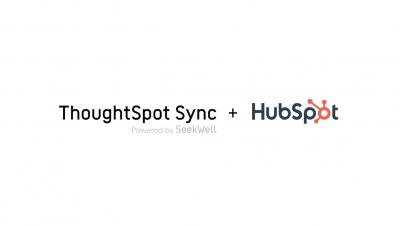How to Migrate Salesforce Data from Heroku
When using Heroku, it is common practice to transfer or back up data to external locations. While there are many steps in this process, creating an efficient pipeline is relatively simple once you understand all the moving parts. In this article, we show you how to migrate data from Heroku to Amazon S3. In this particular case, we will be connecting and transferring Salesforce data.






